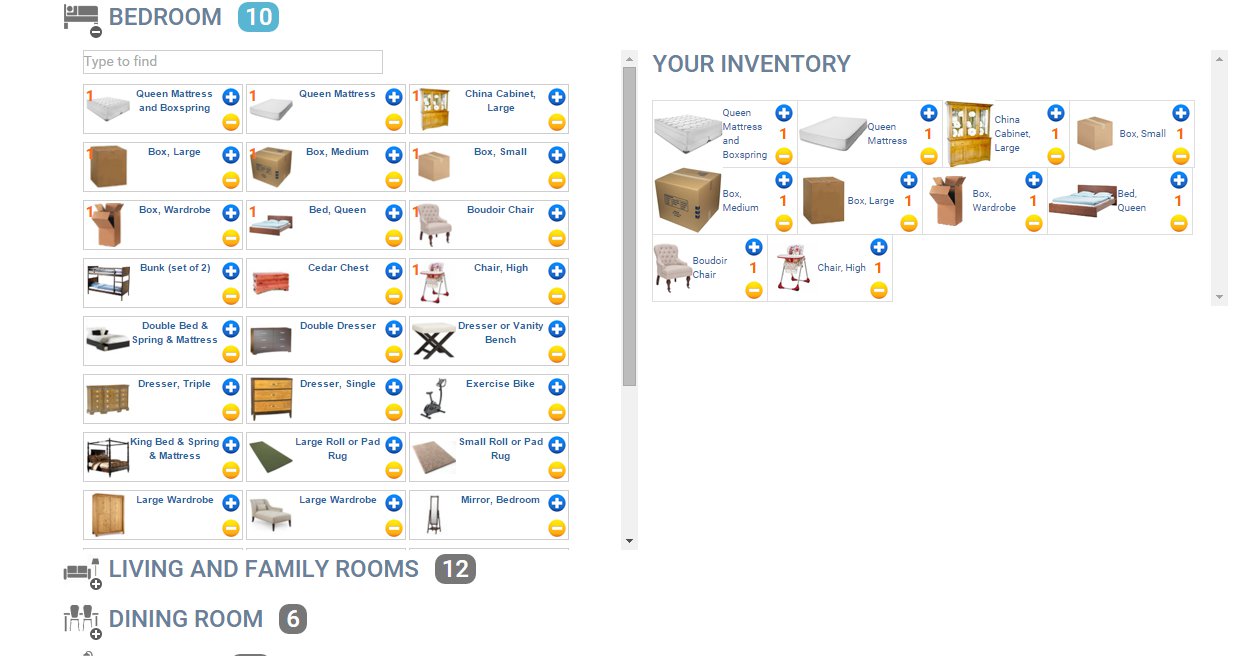What to Do if Your Moving Price Went Up

My Moving Price Increased, What Now?
- Investigate Any Additional Charges or Possible Reasons For Increase
- Movers Become Equally as Frustrated
- Let Your Movers Know Ahead of Time for Special Services
- Additional Charges: Pay Attention to These!
1. Investigate Any Additional Charges or Possible Reasons For Increase
If the price went up, how much did it go up by? Normally a moving company will charge for anything additional over the estimate. Understanding this can sometimes help you to feel at ease so you understand the reasoning for the charges. One of the most common reasons for a price increase is when a consumer adds more items to the inventory to be transported more than what was listed on the estimate. To put it simply, if you take more, you must pay more.
This increase is something that should be addressed and negotiated before your shipment was loaded. Becoming angry at a mover is redundant when you have added more items. The movers want to know exactly what you are taking on your move so they can properly prepare and schedule the space in their truck.
2. Movers Become Equally as Frustrated
This is an ongoing issue within the moving industry that is equally frustrating for the movers. When the size of the shipment suddenly increases, they do not give discounts or leave charges out of it. This is against the law for a moving company. The DOT requires that they must follow their prices and services set in their tariff by law. It also causes issues because they may not be able to take another shipment on this truck because your shipment now occupies more space than planned. A mover must be able to cover his costs of taking the truck on the trip to deliver the shipments.
3. Let Your Movers Know Ahead of Time for Special Services
If you have special needs for your move such as the moving truck being unable to reach your destination you will need a smaller truck to reach the location easily. This is called a shuttle. Additional labor, time and effort are needed to transfer the shipment to the smaller truck then unloading it at the destination once they reach it.
If you use our moving calculator, this is one of the questions asked.
If you are unsure, you can always use Google Maps to determine whether a shuttle will be needed. Always make sure you let your movers know in advance if you believe a shuttle will be needed. If you fail to notify them in advance, it does not mean that you will not be charged for a shuttle. You must pay for the services needed to properly and safely transport your shipment. The goal of the moving company is to deliver your shipment with the least amount of issues as possible.
4. Additional Charges: Pay Attention to These!
Additionally, if you have a long walk from your home to the street or driveway where the truck will be parked, you will be charged extra as an extra effort is needed for the movers to carry your belongings into the home. This is called a long carry. Typically anything more than 50 or 75 feet is considered to be a long carry, however, each moving company has the option to set their own distance so you should check with the movers in advance if you think you may be charged for a long carry.

If you have an elevator in your building, delivering the shipment can take a longer time, especially if it has not been reserved for the movers specifically. If other tenants are using the elevator, movers will have to wait for the elevator to become available again and waiting time charges may be added as well.
If you have flights of stairs in either location, you should notify the movers in advance so they will be properly prepared for the extra work that will be needed to complete your move. This requires the movers to put forth extra effort in carrying your items to the next floor. A flight of stairs is considered a specific number of steps that are determined by the movers so you should speak to your moving consultant about any possible charges for stairs.
No matter what the reason for the price increase (although many are described in the additional charges above), the main thing to remember is to stay calm and discuss the increase rationally. If payment arrangements need to be made, staying calm and rational is the best way for that option to be available.


Add Comment